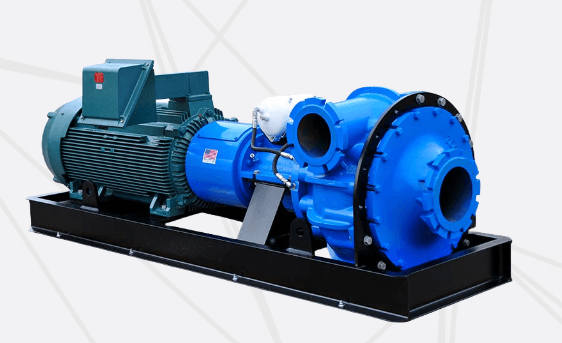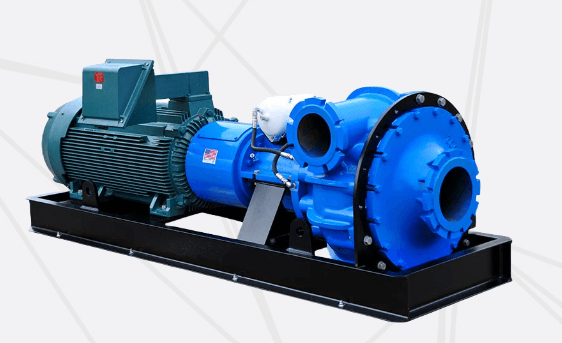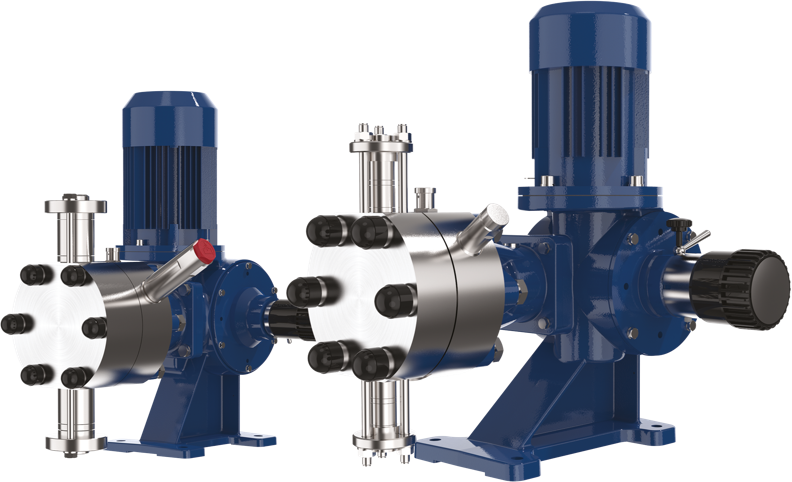The brewing industry relies heavily on precision, hygiene, and consistency. From the transfer of wort to the careful movement of yeast and finished beer, every stage of the brewing process requires equipment that can deliver reliability without compromising product quality. One piece of equipment that has become a staple in breweries worldwide is the diaphragm pump for brewing applications. Known for its versatility and sanitary design, a diaphragm pump offers brewers a dependable solution for transferring liquids, handling viscous substances, and maintaining product integrity.
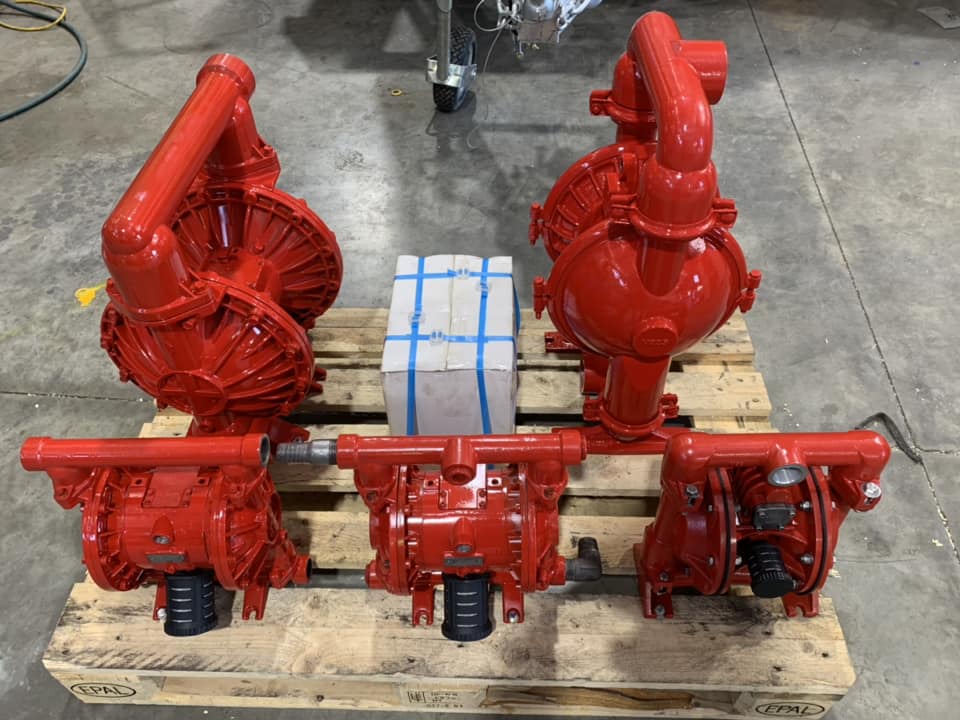
In this article, we will explore why diaphragm pumps are an ideal choice for breweries, their benefits compared to other pump technologies, and how MultiTorque provides tailored pumping solutions for breweries across Australia.
What is a Diaphragm Pump?
A diaphragm pump is a type of positive displacement pump that uses a flexible diaphragm and valves to move liquids. In brewing applications, diaphragm pumps are particularly effective because they can handle a wide range of fluids, including thick, sticky, or shear-sensitive materials. They operate without mechanical seals, reducing the risk of contamination—a critical factor in any brewing process.
For breweries, diaphragm pumps can be powered by air (air-operated double diaphragm pumps, or AODD pumps) or by electricity. The air-operated diaphragm pump is especially popular in brewing because of its simple design, ease of cleaning, and ability to run dry without damage.
Why Use Diaphragm Pumps in Brewing?
Brewing requires a careful balance between efficiency and product safety. Diaphragm pumps provide several unique advantages for brewers, including:
1. Sanitary and Hygienic Operation
Hygiene is the cornerstone of brewing. Contamination can ruin entire batches of beer and result in costly losses. Diaphragm pumps used in breweries are often designed with food-grade materials like stainless steel and FDA-approved elastomers. Their smooth, crevice-free surfaces reduce the risk of bacterial buildup, ensuring that liquids remain uncontaminated during transfer.
2. Gentle Product Handling
Beer, yeast, and wort are sensitive materials. Unlike centrifugal pumps, which can shear or agitate liquids, diaphragm pumps provide low-shear pumping, preserving the integrity of yeast cells and preventing foaming. This gentle transfer is particularly important when moving finished beer or live yeast cultures.
3. Versatility Across Brewing Stages
Whether it’s transferring water, wort, mash, yeast, or cleaning solutions, diaphragm pumps can handle it all. They are capable of pumping both thin and viscous fluids, solids-laden liquids, and even gas-liquid mixtures. This versatility makes them suitable for multiple stages in the brewing process.
4. Self-Priming Capability
A major advantage of using a diaphragm pump in brewing is its self-priming ability, which allows it to start pumping even if the suction line is empty. This feature makes it easy to move liquids from tanks, kegs, or barrels without the need for additional priming equipment.
5. Safe Dry Running
Air-operated diaphragm pumps can run dry without causing damage. This is highly beneficial in breweries where flow rates may vary, or when tanks run empty during transfer.
Diaphragm Pump Applications in Brewing
Brewers use diaphragm pumps in many stages of production:
- Mash and Wort Transfer: Moving hot wort or mash without damaging solids.
- Yeast Transfer: Handling live yeast cultures with care to maintain fermentation quality.
- Beer Transfer: Gently moving finished beer without introducing oxygen or foam.
- Cleaning Solutions: Pumping CIP (clean-in-place) chemicals and sanitizing fluids through tanks and lines.
- Waste Removal: Efficiently handling spent grains, trub, and wastewater in the brewing process.
Comparing Diaphragm Pumps to Other Brewing Pumps
Many brewers may wonder how diaphragm pumps compare to centrifugal or peristaltic pumps. While centrifugal pumps are common in large breweries, they are not always ideal for delicate or variable tasks. Centrifugal pumps can be harder on yeast and are not self-priming, which limits their flexibility.
Peristaltic pumps are gentle but tend to have higher maintenance requirements, as tubing wears down over time. Diaphragm pumps strike a balance by being durable, easy to maintain, and versatile, making them an excellent all-around choice for small to mid-sized breweries.
Choosing the Right Diaphragm Pump for Brewing
When selecting a diaphragm pump for brewing, it’s important to consider:
- Material Compatibility: Stainless steel housings and FDA-compliant diaphragms are best for food safety.
- Pump Size: Flow rate requirements will depend on the size of the brewery and the stage of the process.
- Air Supply: For air-operated models, ensure that a reliable compressed air system is available.
- Ease of Cleaning: Pumps with simple disassembly are preferred for breweries that need quick turnaround between batches.
MultiTorque: Supplying Quality Diaphragm Pumps for Brewing
At MultiTorque, we specialize in providing diaphragm pumps tailored to the brewing industry. With over 15 years of experience in pump supply and repair across Australia, we understand the unique challenges brewers face when it comes to hygiene, product consistency, and operational efficiency.
Our team supplies a wide range of diaphragm pumps, including trusted brands such as Wilden and Yamada, which are highly regarded in brewing environments. We also offer expert advice on selecting the right pump for your setup, ensuring you get equipment that matches your brewery’s needs.
In addition to supply, our in-house workshop provides comprehensive pump repairs and servicing, helping breweries reduce downtime and extend the lifespan of their equipment.
Why Choose MultiTorque for Brewing Pumps?
- Trusted Expertise: Over 15 years supporting industries with pumping solutions.
- Custom Solutions: Pumps tailored for brewing-specific applications.
- Nationwide Support: With branches in Brisbane and Perth, we provide support across Australia.
- Long-Term Value: Our focus is on building lasting relationships with clients through reliable service and high-quality equipment.
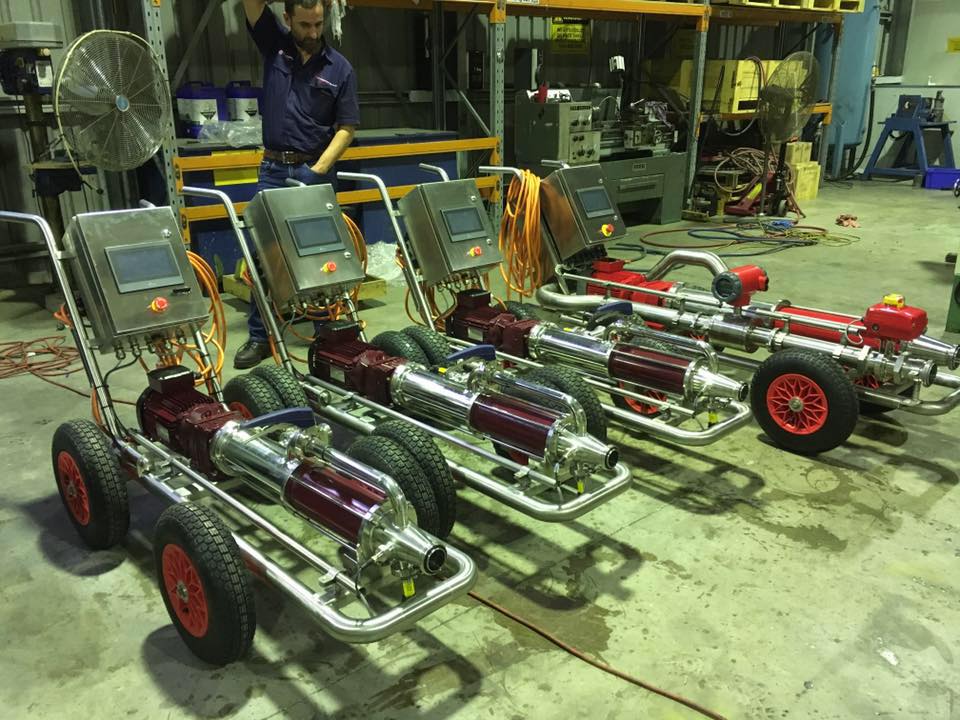
Final Thoughts
The brewing industry thrives on precision, hygiene, and consistency, and diaphragm pumps provide the perfect solution to meet these demands. Whether it’s transferring wort, yeast, or finished beer, a diaphragm pump for brewing ensures gentle handling, sanitary operation, and long-term reliability.
At MultiTorque, we are committed to supplying and servicing pumps that help breweries across Australia operate efficiently and confidently. If you’re looking for a reliable diaphragm pump supplier for brewing applications, our team is ready to help.
📞 Contact MultiTorque today at 1300 726 525 or email us at sales@multitorque.com to discuss diaphragm pump solutions for your brewery.
🌐 Learn more on our website: www.multitorque.com.au
🔗 Follow us on LinkedIn: MultiTorque Industries
https://www.linkedin.com/company/3176927
Diaphragm Pump Brewing Diaphragm Pump Brewing Diaphragm Pump Brewing Diaphragm Pump Brewing Diaphragm Pump Brewing Diaphragm Pump Brewing Diaphragm Pump Brewing Diaphragm Pump Brewing Diaphragm Pump Brewing Diaphragm Pump Brewing Diaphragm Pump Brewing Diaphragm Pump Brewing Diaphragm Pump Brewing Diaphragm Pump Brewing Diaphragm Pump Brewing Diaphragm Pump Brewing


